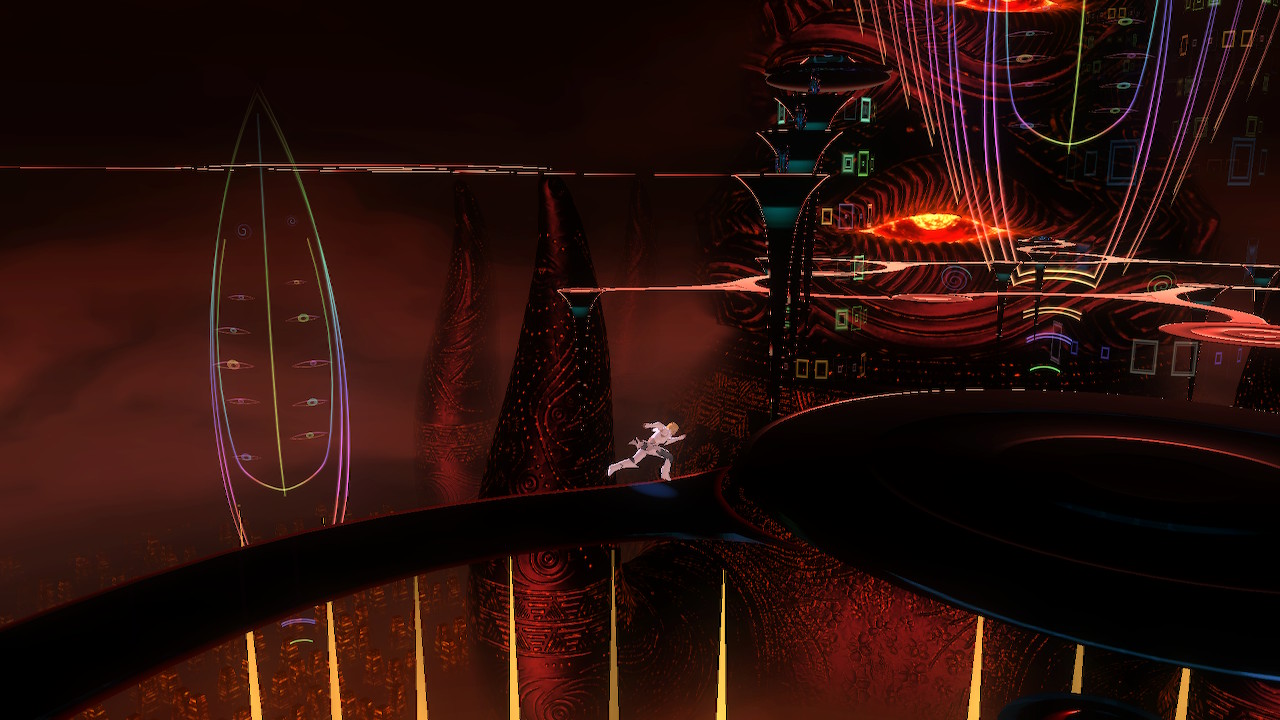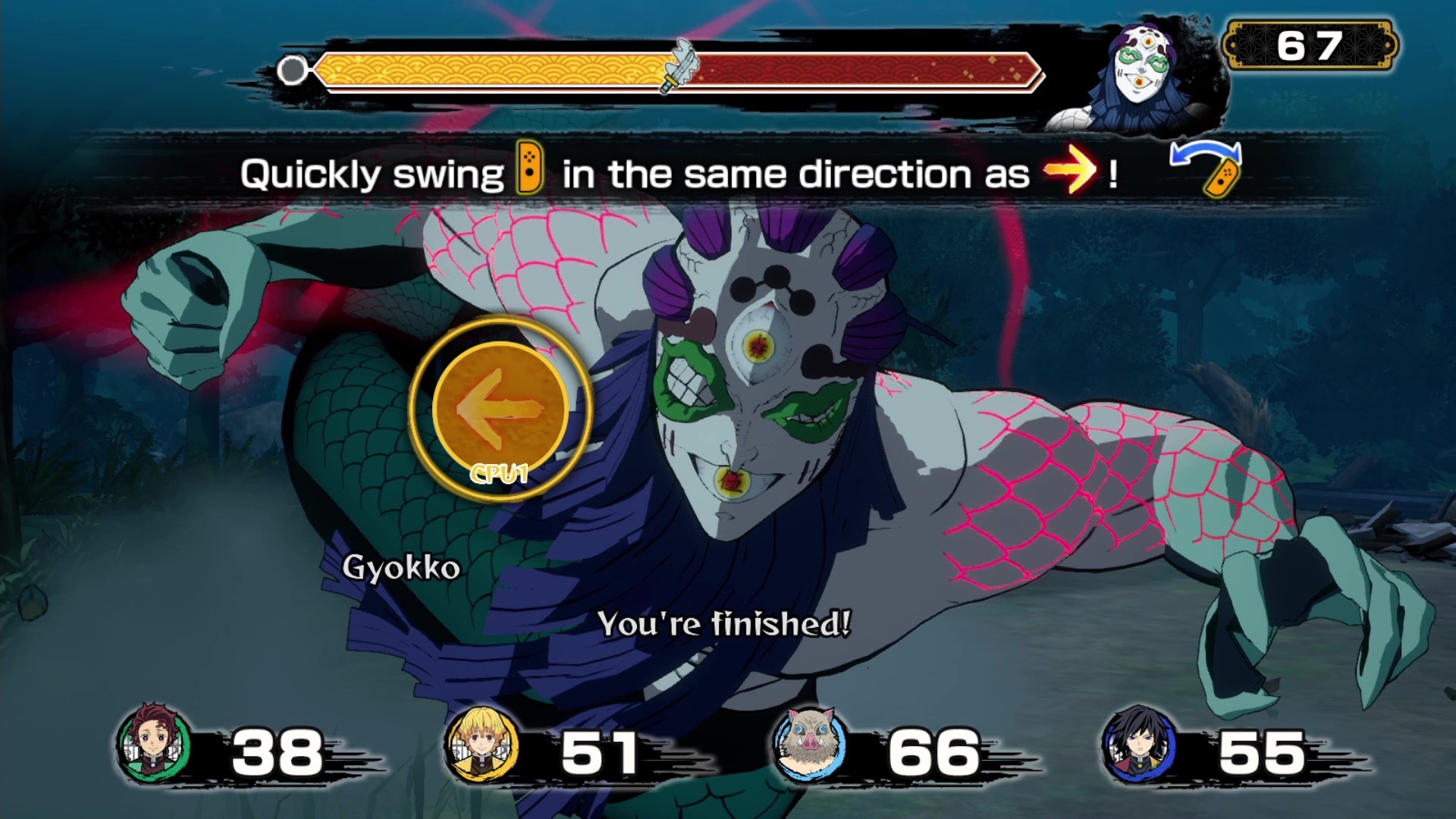Atelier Marie Remake: The Alchemist of Salburg Review – Review

A blast from the crafting-focused past.
The Atelier series of games is having a surge of popularity, with the recent release of the third game in the Ryza/Secret subseries of games and the release of the anime adaptation of the first game in that series, Atelier Ryza: Ever Darkness and the Secret Hideout. With that momentum, developer Gust is returning to the series’ roots with a remake of the first game in the Atelier series, Atelier Marie: The Alchemist of Salburg. As a fan of the Atelier series, I was excited to give this game a shot, as this is the first time this entry is releasing overseas. And while I personally really enjoyed my time with Atelier Marie, this might not be the game fans are expecting if they have only played the more recent entries.

In Atelier Marie, you play the titular Marie (shortened from Marlone) who is told, due to her poor performance at the alchemy academy, that she has five years to become a skilled alchemist in a small workshop she’s been provided. This starts the core gameplay loop, where you spend the next five years exploring the world, gathering materials for alchemy, going back to the atelier to craft items–which can be used to complete quests or used in combat to allow for gathering in more dangerous areas–rinse and repeat. The game’s combat is fairly basic, consisting of a simple turn-based system, and the alchemy system is similarly approachable. Where the game’s difficulty lies is in resource management. Much like other early Atelier games, such as the Arland subseries, Atelier Marie puts you on a time limit. While five years sounds like a long time, almost every action takes an inordinate amount of in-game time; traveling, gathering materials, and alchemy all take time. So throughout this game you are balancing your time, money, and materials, making decisions to try and optimize this process. Do you go out and gather all your materials, or do you hire a helpful elf who will do so for a monthly fee? Do you hire a strong mercenary who can help you handle battles with ease (for a higher fee) or try to make combat work with your best friend, who is weak but goes out fighting for free?
While this time management system has long been a subject of debate among Atelier fans (the discussion of which game is best to start with often revolves around it), I think it lends a unique quality to these early games that I personally enjoy. However, it might not be to every player’s liking. The other aspect that this lends itself to is replayability, because it’s impossible to see and do everything in one playthrough. In my first playthrough, it says I completed 64% of the game’s events that can be seen in game. So while a single playthrough took me about 10 hours, I could easily do a new game plus run to see more. I plan to do so (though perhaps after a break), because the setting and characters were enjoyable enough that I’d like to see the end of each individual storyline. While I think the Atelier series’ character writing and storytelling has improved over the years, the characters in Marie aren’t as likable to me as the characters in the Arland subseries, and the world building/storytelling isn’t as strong as in the Dusk subseries. Still, Atelier Marie Remake oozes with charm and makes you love these characters and this tiny town you’re based in.

The game also includes a list of all the cutscenes and events and some of the details to trigger them, which will make accessing them easier. I’d personally recommend doing a playthrough without keeping that in mind, interacting with characters you want to interact with, and then using that as a guide to get the events you wanted to see most. It’s easy to miss certain events and days on the calendar (I didn’t experience an annual event until year 5, and there are characters I never met), but the game’s event log lets me know what events I can aim for or plan to hit next time.
Visually, Atelier Marie is hit or miss. The chibi art style is likely to be divisive, though it makes sense coming from a PS1-era JRPG. That said, the 2D art for the cutscenes is really stunning and makes me wish there were more excuses to see that art style. The aspect that bothers me the most with the visuals is a fog/blur effect when moving around the town and exploring. It’s distracting and doesn’t add anything visually; part of me wonders if this is attempting for a stylized effect–along the lines of the Link’s Awakening remake–but not doing a good job with it. It makes me wish there was more of a stylized approach to the 3D chibi visuals.

The one gameplay aspect that did not work were the minigames. Throughout the course of the experience, game there are several instances where the standard flow of gameplay will be interrupted; for example, after you make cheese a mouse will steal it. Then you will get into a related minigame (in this particular case, chasing the mouse in a maze while being able to push objects in its path to trap it), with good results leaving you with more of the item. Passing the game leaves you with the normal amounts of the item, and failure leads you to lose the item. These minigames are all dull at best and unfun at worst. They happen very infrequently, so this shouldn’t be a deal breaker, but it seems pretty clear why these minigames (which were in the original PS1 release) did not become a mainstay of the series.
Atelier Marie isn’t the Atelier series at its peak, but I wouldn’t expect it to be: it is the first game in the series, after all. As such, I likely wouldn’t recommend this game to a newcomer to the series. Each subseries (i.e. Arland, Dusk, Mysterious, Ryza/Secret) is self-contained, so it’s not necessary to play Marie before those other games. However, for fans of the series it’s fun to see where it all started and how much Gust got right from the start, considering this is still a very fun, breezy JRPG to play. It makes me hope that other games in the series can be brought to modern platforms and that the Atelier series can continue to thrive!




